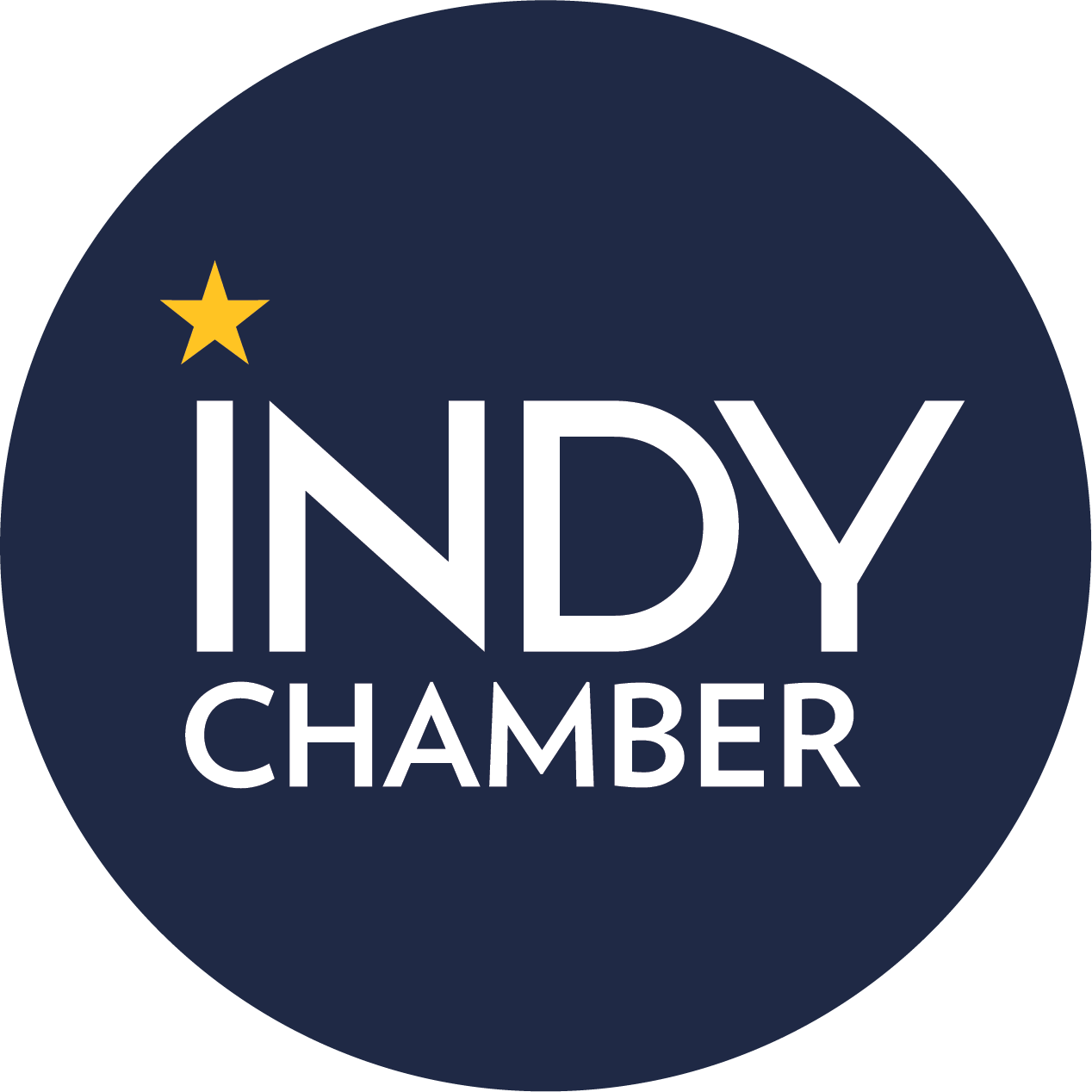2019 Legislative Priorities

Workforce and Education
Workforce
Employer-Driven, Sector-Specific Workforce Development:
GOAL: Build off of the recent work to better align state secondary education, workforce and economic development strategies that promote transferability, stackability, and permeability of credit awarding curricula. Also, we support state-based incentives to encourage businesses to employ students in an apprentice or intern capacity and provide on the job training with the final goal of permanently hiring those who have excelled
OUTCOME: The budget and policy changes in HB1002 doubles Next Level and Worforce-Ready grants for industry-driven training and creates non-profit Industry Credentialing Organizations to pursue financial and programmatic support to create credit, certificate and technical education opportunities for students
Veteran Re-entry:
GOAL: Increase employment opportunities for returning veterans by eliminating duplicative requirements and expedite processes for military-trained personnel to obtain the equivalent civilian license, as well as support ongoing efforts to recruit military personnel to the state to meet the workforce needs of regional employers
OUTCOME: HB1010 made income from military pensions exempt from state income taxes. SB491 provided funding for specialized treatment for traumatic brain injuries and eliminated co-pay requirement for related diagnostic testing.
Ex-Offender Re-entry:
GOAL: Support policies that promote reintegrating ex-offenders into the workforce and economy:
- Minimize business liability and increase incentives to hire ex-offenders
- Increase job training and skills enhancement opportunities
- Expanding pre-release entrepreneurship education and training
- Support funding for proven models for transitional employment and wrap-around services including access to housing and transportation
OUTCOME: HB1141 allows people to regain driving privileges with a traffic amnesty program, reducing fees and penalties by 50%.
Nurse Licensure Compact:
GOAL: Support licensing reciprocity between states to fill critical nursing shortages
OUTCOME: HB1344 allows for cross-state nurse licensure reciprocity with a $25 annual fee.
Higher Education
Next Level Jobs:
GOAL: Support the Indiana Commission for Higher Education’s Return and Complete efforts to reengage Hoosiers with some college credit but no degree
OUTCOME: HB1001 doubles Workforce Ready and Next Level Employer grants to help adult Hoosiers upgrade their skills to match the demands of the job market;
21st Century Scholars:
GOAL: Enhance outreach and wraparound services and evaluate sustainable funding mechanisms for programs, such as the 21st Century Scholars program, in order to increase access to and completion rates at two- and four-year colleges and universities for those with financial need
OUTCOME: This program was fully funded.
Education
Superintendent of Public Instruction:
GOAL: Accelerate the appointment powers of the Governor to 2021
OUTCOME: HB1005 moved up the activation date to January 2021 (previous years legislation included an activation date of 2025)
STEM:
GOAL: Support dedicated funding and policies to deploy high-quality classroom science, technology, engineering and math (STEM) curricula and STEM-focused professional development for the educators. Specifically, emphasize access to computer science and engineering courses at the high school level to prepare graduates for college and career opportunities in high-demand STEM fields.
OUTCOME: To prepare students for higher-paying jobs, the budget also included funds for STEM programs, computer science teacher training and Industry Credentialing Organizations to support career and technical education partnerships.
High school Career Counselors:
GOAL:
- Decrease the student-to-counselor ratio, require regular professional development for school counselors and ensure academic coursework align with students’ desired career pathways
- Explore modification of counselor licensure to differentiate career counseling from social/emotional counseling
- Require school counselors to advise students in middle school (6th, 7th and 8th grades) of their eligibility to enroll in various state financial aid programs
Also, provide school districts flexibility to pay teachers based on high need and specialized subject matter areas. Empower local education officials to make administrative and structural decisions affecting individual school performance, including the option to extend school hours, merit pay options, providing voluntary alternative retirement benefits options such as defined contribution plans for new teachers
OUTCOME: While the legislature largely left salary decisions to local districts, the budget did include $75 million for Teacher Appreciation Grants targeted specifically to bonuses and base pay for highly-effective teachers; budget provides teacher grants and teacher pay structure
Charter Authority:
GOAL: Expand the authority of the Mayor of Indianapolis to charter Pre-K educational institutions and require local public hearings for the re-chartering of schools attempting to switch charter authorizers after a charter has been revoked
OUTCOME: HB1641 gives school districts like IPS more flexibility on facility reuse by shortening the window for charters to pursue vacant school properties from 2 years (old law) to now 90 days under the state’s $1 law. The bill requires charters pursuing facilities over 200,000 square feet to demonstrate projected enrollment will be sufficient to utilize 60% of the facility’s capacity of the maximum student enrollment in the last 25 years of operation.
School Funding and Teacher Pay:
GOAL: Support efforts to increase teacher pay from the state to local school districts.
OUTCOME: The budget included $763 million in increased K-12 funding including $539 million in added tuition support (a 2.5% increase annually, just above inflation) and $150 million for advance payments to teacher pensions. The budget also included $75 million for Teacher Appreciation Grants targeted specifically to bonuses and base pay for highly-effective teachers.
Operational Efficiencies – HB1003 set school corporation efficiency targets and new financial reporting requirements aimed at minimizing administrative overhead and driving more dollars to the classroom.
Charter Funding – The budget provided $750 per-student support (a two-year total of $45 million in the Charter Innovation Grant Fund) and 85% of tuition support for virtual programs (down from the 90% status quo).
Complexity Funding – An early version of the budget all but flatlined complexity support, a move which would have been a hard hit to urban districts (like IPS) and rural schools alike, since both serve high numbers of students in poverty. The budget eventually found a middle ground on the complexity funding level ($3,650 for ’20, $3,675 in ’21) and urged an interim study committee on the most accurate way to count students in poverty.
Legislative Priorities Index
Quick Connect Links

